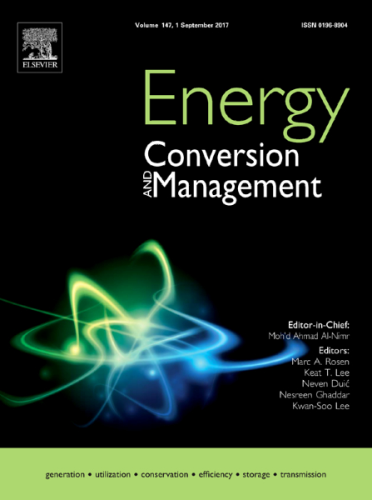
Abstract
Petroleum refinery wastewater (PRW) contains a high concentration of pollutants and may pose serious environmental risks. Conventional treatment methods of PRW are energy intensive, and thus there is an urgent need to develop sustainable technologies. Microbial desalination cells (MDCs) represent a new energy-efficient technology for simultaneous treatment of PRW and seawater.
In this study, PRW was for the first time treated in an MDC and the effects of salt concentration and catholyte were studied. The maximum COD removal was achieved by the MDC using an initial salt concentration of 20 g/L NaCl solution, and the COD removal increased slightly from 64.0% to 70.5% when the catholyte was changed from phosphate buffer solution (PBS) to acidified water. The maximum desalination efficiency of 19.9% was obtained by an MDC operated with real seawater and PBS. Acidified water was found to be an efficient catholyte in terms of specific energy production. When desalinating real seawater, the highest total energy produced was 32.6 W h/kg COD with respect to COD removal or 9.5 W h/m3 with respect to the total volume of the desalinated water.
These results demonstrated that complex PRW could be used as an anodic substrate in MDCs for electricity generation and seawater desalination.






